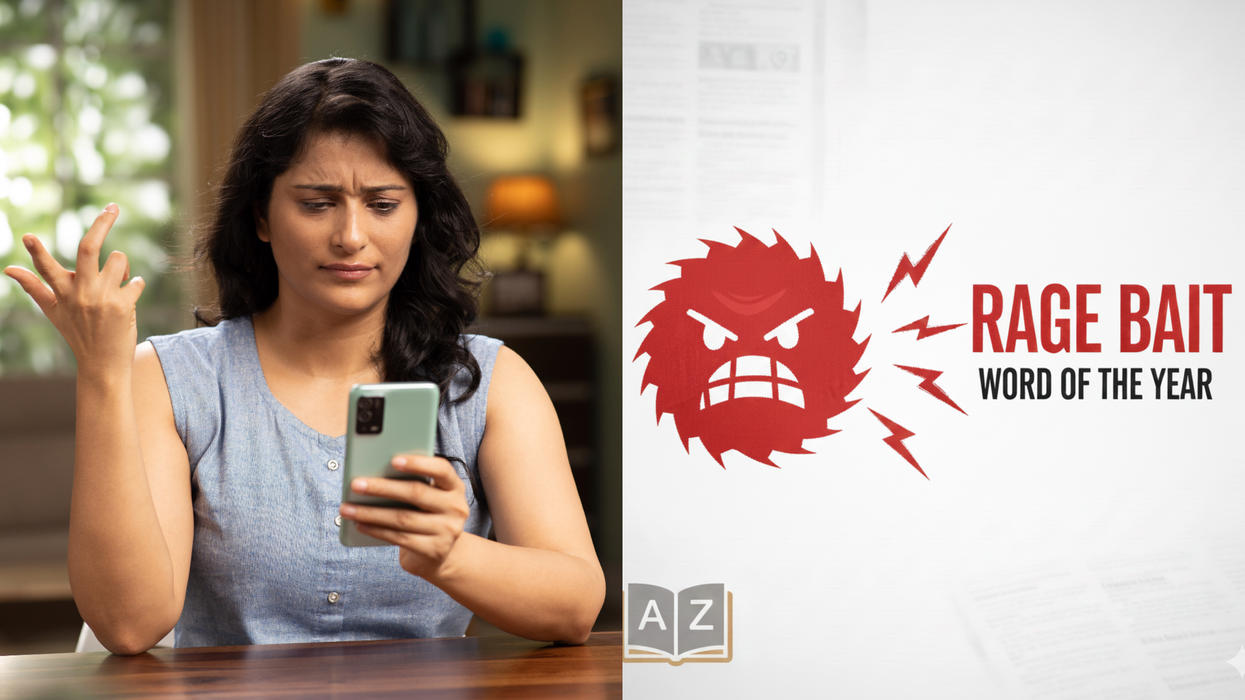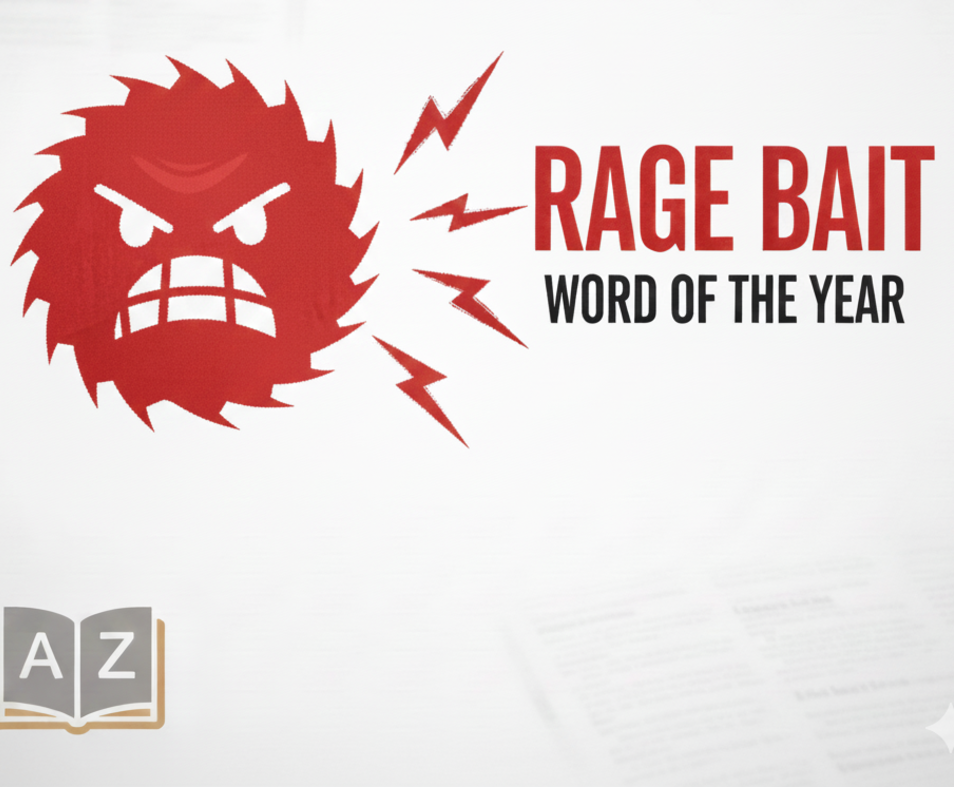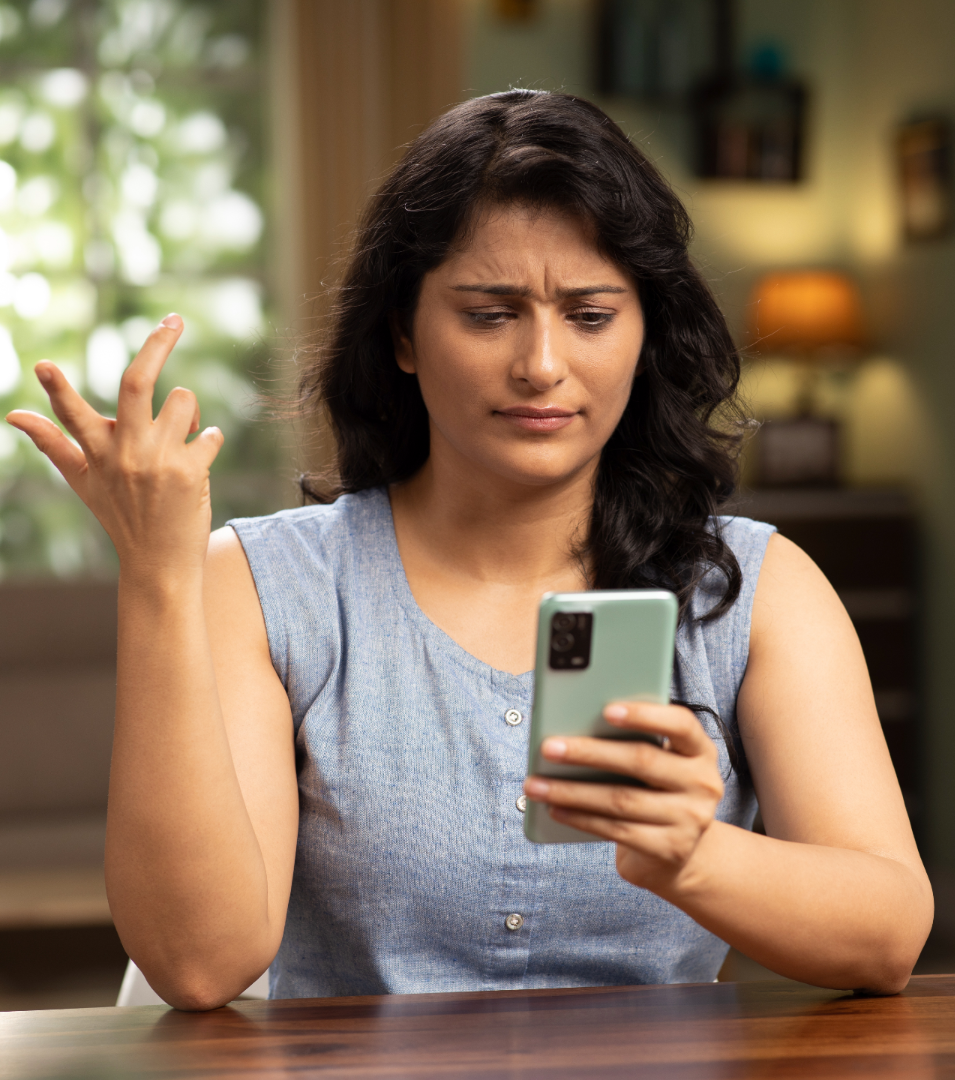by LAUREN CODLING
COMMUNITIES should help the police by reporting suspicions related to forced marriage, a
campaigner has urged, as she revealed she felt UK politicians were failing victims.
Jasvinder Sanghera, the founder of Karma Nirvana which supports victim of honour-based
abuse, also warned more children would suffer because of the government’s failures.
Sanghera, who was disowned by her family after she refused to participate in a forced marriage, told Eastern Eye on Tuesday (9) that communities could help agencies, especially the police, by reporting any suspicions they had about forced marriages.
“It is very difficult to police, safeguard and investigate cases without the support of those aware of victims,” she said. “I understand it takes immense courage to report abuses as a third party, but you can anonymously.”
Sanghera, who recently announced that she was stepping down as head of Karma Nirvana
after 25 years, believes communities are sometimes aware of abuse and called on them to act.
“It’s time for communities and families to join us, as no religion or tradition supports abuse,” she said.
In an interview last weekend, Sanghera said that many professionals working with forced marriage victims still treated the crime as a cultural problem rather than a child safeguarding issue.
“The government has not done enough to raise awareness and mainstream the issue, so there remains a huge problem with professionals viewing forced marriage as a cultural issue rather than a crime,” Sanghera claimed. “Many aren’t even aware there is a law.”
In Britain, there have only been three successful convictions under the forced marriage legislation.
However, Sanghera argued it was “completely disproportionate” considering the thousands of forced marriage reports.
“Despite the prevalence of this crime, there is still a reluctance to investigate and prosecute,” she said. “Yet forced marriage is de facto rape because there is no consent, and in extreme cases, can lead to ‘honour’ killings.”
In 2017, Karma Nirvana confirmed it received almost 9,000 calls including more than 200
from children under 15, related to forced marriage.
Sunny Angel, 40, is a survivor of forced marriage. She told Eastern Eye on Tuesday that she agreed with Sanghera’s views on professionals viewing the crime as a cultural issue.
When she was forced into marriage as a 20 year-old, Angel asked the authorities for help but the police turned her away.
“The officer in charge said, ‘it’s your culture’,” she recalled. “Today we still have professionals with this mindset.”
Angel, who works closely with Karma Nirvana as a survivor ambassador, said she is doing her best to educate front-line staff.
“But with only a few convicted, something is clearly wrong with the system,” she said.
Aneeta Prem, the founder of Freedom charity, thinks although professionals do want to learn about the issues of so-called honour crime, they need to be trained better.
“There is a training issue. There needs to be investment in training and it needs to be mainstream and very professionally led,” Prem told Eastern Eye.
Last week, the home secretary Sajid Javid announced new measures to combat forced marriage.
They include the refusal of spousal entry visas to the UK where there are signs that a marriage has been forced and helping public service professionals identify and support victims. Javid made the announcement after months of criticism against the Home Office, which has been accused of accepting visa applications from men who had forcibly married teenagers abroad.
In response to this, Prem praised the government’s latest actions to tackle the problem.
She is hopeful the latest proposals will make a difference to victims.
“These are small steps, but it is a positive move forward,” she said.
Noreen Riaz, a project coordinator from forced marriage charity Halo Project, told Eastern Eye she shared similar sentiments as Prem. She believes change is happening, but it is a slow process.
“The government has made the necessary legislative changes to tackle forced marriages in the UK,” Riaz said.
“However, I agree more needs to be done to ensure change in practice and in the culture that it is prevalent in.
“Victims of forced marriage are at greater risk of physical, emotional and sexual abuse. We need to ensure professionals and agencies are aware of these risks and have a better understanding and training in regard to the barriers faced by victims of forced marriages,”
Riaz said.





 Rage bait isn’t just clickbait — it’s Oxford University Press’ word of the year for 2025 iStock/Gemini AI
Rage bait isn’t just clickbait — it’s Oxford University Press’ word of the year for 2025 iStock/Gemini AI 
 Online Trends iStock
Online Trends iStock Rage bait isn\u2019t just clickbait \u2014 it\u2019s Oxford University Press\u2019 word of the year for 2025 iStock/Gemini AI
Rage bait isn\u2019t just clickbait \u2014 it\u2019s Oxford University Press\u2019 word of the year for 2025 iStock/Gemini AI 






